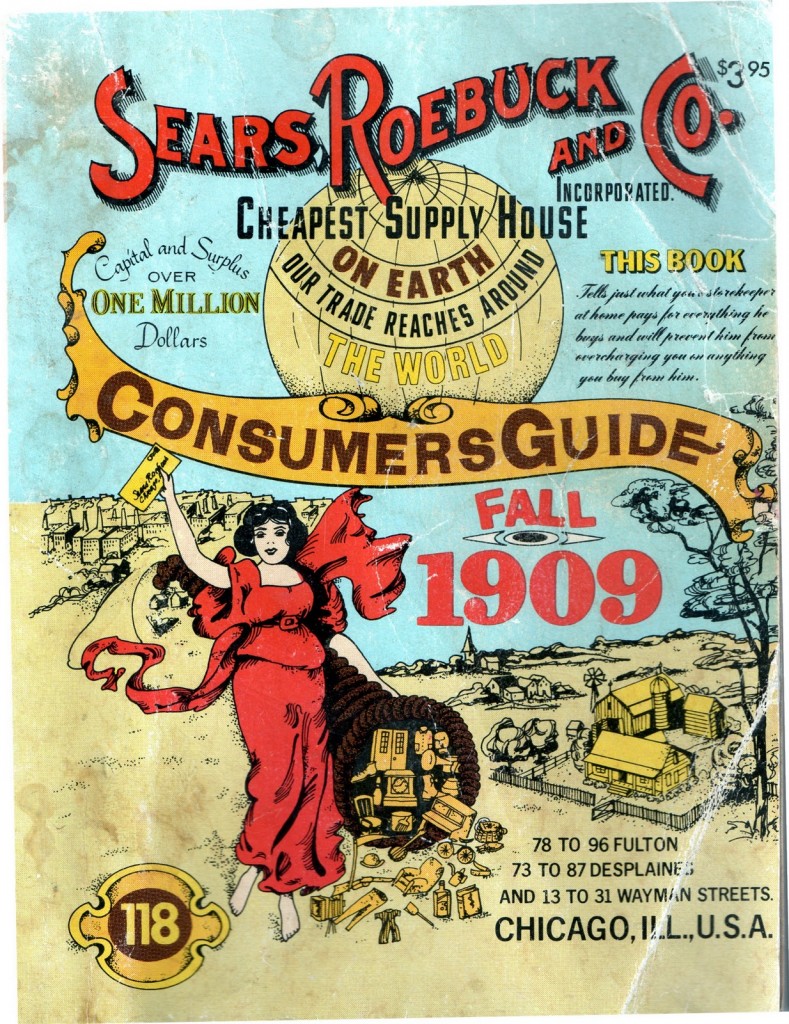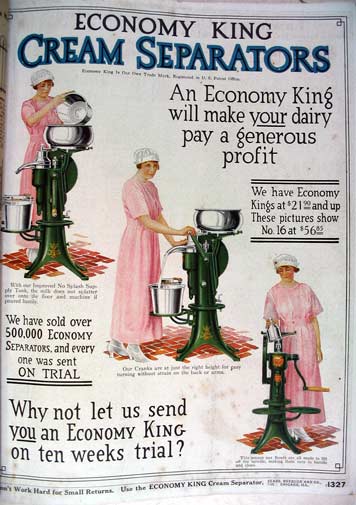The Serendipitous Sears Effect
 The year was 2005 and for the first time, the United States Postal Service (USPS) began carrying more junk mail than actual mail.
The year was 2005 and for the first time, the United States Postal Service (USPS) began carrying more junk mail than actual mail.
Today, the USPS carries 563 million pieces of mail six days a week – 40% of the world’s total – thanks to its workforce of 571,566 employees, the second largest in the country after Wal-Mart. Mail delivery however is in its twilight, dropping 20% in the past five years according to Business Week. For every one first class letter mailed, the USPS needs to mail three pieces of junk mail to make up for the lost profit. And junk mail tends to ebb and flow with the economy, dropping significantly after the mortgage crisis and plateauing of late.
With fewer letters, magazines, bills, checks and credit card offers, the USPS is in big trouble, set for insolvency after this year.
With the loss of mail comes the loss of serendipity. None of us wants to receive junk mail, but as we gain the ability to quick access exactly what we want online, we lose the power of the Serendipitous Sears Effect.

How to become an Apiarist
In the early 20th century, the USPS, then simply called the Post Office, was in its prime. One of its most popular pieces of mail was the famed “Sears Roebuck and Co. Catalogue.” Starting in 1888, the catalogue was the ultimate in mail marketing, the Amazon.com of its day. The catalogue truly had it all, with items ranging from phonographs to watches and cream separators to the first entertainment center – the magic lantern – with a series of slides giving viewers a motion picture feel.
In the early 1900’s, an issue of the catalogue made its way to the prairies of eastern South Dakota. There a young man flipped through the pages and saw an item he couldn’t pass up: an apiary!
Yes, an apiary, which we all know is…wait for it…think hard…a beehive! Right there in the Sears catalogue, you could purchase a beehive that would be delivered to your door, ready to begin producing honey. And that’s just what this gentleman from Lake Thompson, SD did.
Little did he know that his Sears purchase was altering the history of at least three generations to come. From that single apiary, the honey and beeswax production continued to grow and soon the family owned and operated Lake Thompson Honey was born, creating not only honey products, but also lip balms, soaps, hair care products and all-natural goods, all derived from the Sears catalogue.
Finding serendipity
Today it is rare that we flip through a catalogue full of yet-to-be-seen products. The wonder of exploration and learning is often cast aside as we search for exactly what we think we need to know. Even dictionaries, where we once learned new words while searching for apiary, are rarely sources of serendipity. Dictionary.com doesn’t allow us to learn about the capital of Samoa (Apia) or how to denote an apex (apical). Serendipity is a powerful learning tool and an important way to draw inspiration from other industries and thought-leaders. Our research, reading and even dictionaries demand a re-definition.
Places, people and industries are increasingly connected. Changes in one market create an immediate and powerful butterfly effect elsewhere. As recent economic activity proves, what happens in the cream separator or magic lantern market will quickly affect us and at the very least provides lessons that we learn from. This is visible in a variety of industries as techniques and knowledge from organizational management and physics is influencing physical wellness while important lessons from dancing cats and YouTube videos is improving education.
In the online space, our access to information makes us feel well-informed; however, more often we find ourselves in an echo chamber. Reading thoughts from people who think the same as us and sharing ideas with those who will validate our beliefs.
We need to instead absorb information from a variety of industries, points of view and even languages (copy and paste the text into Google Translate for a quick read into another language user’s perspective). Call it the rise of renaissance man and woman. The people who can carry a conversation with scientists, artists, techies, politicians, chefs, construction workers, students, historians, and others are the people who can take lessons and inspirations from the different fields to make their own work better. As Warren Buffett noted, “You pay a very high price (in the stock market) for a cheery consensus.”
This is true for all of us, regardless of discipline. Without finding our Sears catalogue, we may be missing out on our chance to become an apiarist. We might miss our life’s calling or the idea that will make our business standout from the crowd. We must seek a variety of knowledge sources and study the world around us. The curious mind connects what needs to be connected, learns what not to do and is way more fun to sit next to at a dinner party.
Get started by watching a video on Ted, browsing the news categories on PopURLS or better yet, going to your public library. Allow yourself to StumbleUpon new information or fall into the knowledge maze by reading Wikipedia’s daily featured article. Pursue the frontiers of your mind by signing up to receive our Guide to the Frontier and blog posts twice a week.
Knowledge will no longer arrive in your mailbox, online or offline, unless you request it. You must consciously seek the Serendipitous Sears Effect and keep your eyes open for your own beehive.
